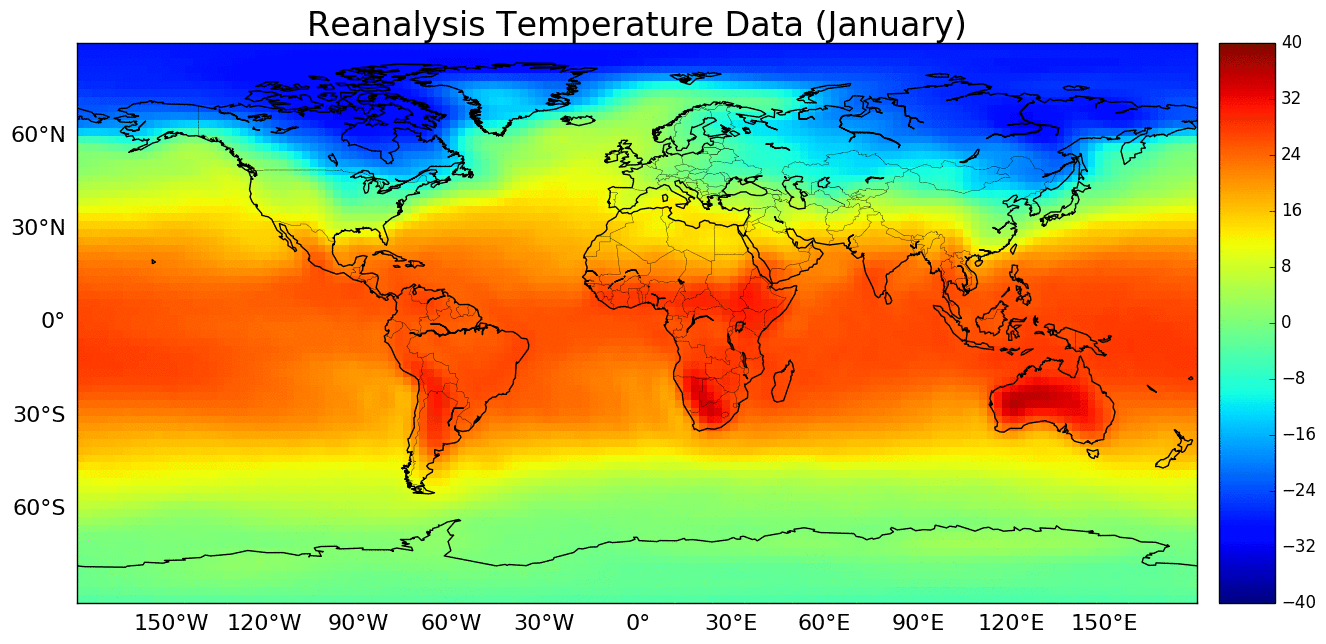The Standardized Atmospheric Generator (SAG) is an empirical model created to provide a consistent description of the neutral environment from the ground to 300 km and the charged environment up to 1,000 km. It captures systematic spatial and temporal atmospheric variability which can be predicted deterministically.
SAG incorporates a number of empirical models and data sets to provide reasonable estimates for temperature, pressure, wind, electron density, and densities of atmospheric constituents. SAG can supply atmospheric properties at individual points in space or in the form of vertical profiles at user-supplied altitudes. It can be used as a stand-alone interactive program, scripted for batch execution or directly integrated into larger simulation models via an application programming interface.
Current Incorporated Models include:
MSISE-90 or NRLMSISE-00: Temperature and major species profiles (N2, O2, O, and H)
NRL Zonally Averaged Climatology Model: for altitudes up to 120 km (CH4 and CO, N2O, NO2, and HNO3)
UARS URAP: Water vapor (H2O) climatology using data from HALOE, MLS, and SAGE II
SNOE database: Nitric oxide (NO) profiles between 97 km and 150 km
AFGL Atmospheric Constituent Profiles: SO2, and NH3
Additional photochemical/empirical models: CO2, OH, O3 , O, and NO

